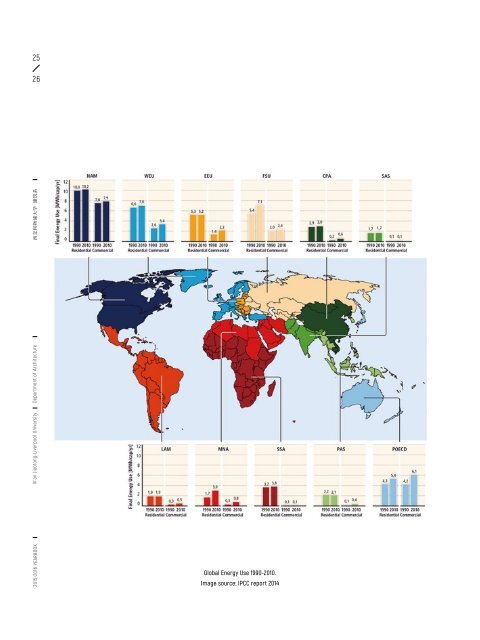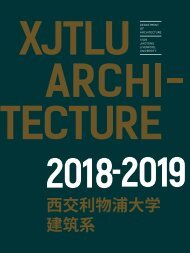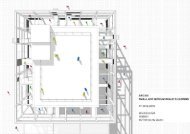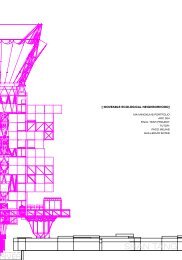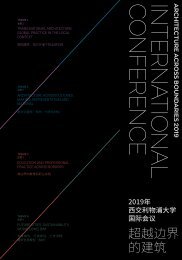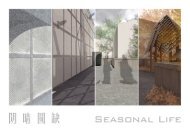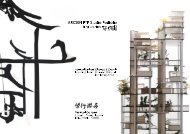YEARBOOK 2015 - 2016 | XJTLU DEPARTMENT OF ARCHITECTURE
The third edition of the yearbook of the Department of Architecture at Xi'an Jiaotong-Liverpool University presents student works created during the academic year 2015 - 2016. The yearbook exemplifies the new model for Chinese architectural education for which the department was commended by the Royal Institute of British Architects (RIBA) in their validation report for the Bachelor in Architecture. It is thus also a showcase of the creative culture that has guided our students in taking first steps to successful international careers as responsible and creative architectural designers.
The third edition of the yearbook of the Department of Architecture at Xi'an Jiaotong-Liverpool University presents student works created during the academic year 2015 - 2016. The yearbook exemplifies the new model for Chinese architectural education for which the department was commended by the Royal Institute of British Architects (RIBA) in their validation report for the Bachelor in Architecture. It is thus also a showcase of the creative culture that has guided our students in taking first steps to successful international careers as responsible and creative architectural designers.
You also want an ePaper? Increase the reach of your titles
YUMPU automatically turns print PDFs into web optimized ePapers that Google loves.
25<br />
26<br />
ARC103<br />
Introduction to Environmental<br />
Science<br />
<strong>2015</strong>-<strong>2016</strong> <strong>YEARBOOK</strong> Xi’an Jiaotong-Liverpool University Department of Architecture 西 交 利 物 浦 大 学 建 筑 系<br />
Global Energy Use 1990-2010.<br />
Image source: IPCC report 2014<br />
Level 1<br />
( Year 2 | Semester 2 )<br />
Module Credits<br />
5<br />
Module Leader<br />
Moon Keun Kim<br />
Number of Students<br />
120<br />
Introducing undergraduate students to the principles of environmental<br />
science in buildings, this module focuses on the quantitative aspect of<br />
building science where students learn the fundamental thermodynamics<br />
essential to the understanding of the building energy performance and<br />
urban environmental impact.<br />
Students learn about: bioclimatic design; the fundamental principles of<br />
heat transfer mechanisms; the role of construction layers in domestic<br />
walls; window lighting and thermal performance, the impact of building<br />
fabric on the energy consumption; urban microclimates; fundamental<br />
passive heating and cooling systems; the difference between building energy<br />
efficiency and energy consumption; fundamental thermodynamics;<br />
heating, ventilation and air conditioning (HVAC); moisture condensation;<br />
thermal comfort; psycrometric chart; domestic water; solar principles;<br />
fundamentals in lighting (day light, and artificial light); fundamental<br />
architectural acoustics.<br />
Upon completion of this module, students are able to specify and design<br />
building walls and carry out relevant scientific approaches with numerical<br />
calculation and computer simulation to deliver thermal building<br />
energy performance. And students understand how to specify and design<br />
recommended lighting levels by window size and location in a wall, and<br />
the shading impact on daylight quality in typical rooms. This module also<br />
requires students to understand the energy load associated with space<br />
heating, cooling and ventilation in a building and the impact of building<br />
energy consumption on climate change and global warming.<br />
Level 01 – Year 2<br />
B Eng Architecture Programme


